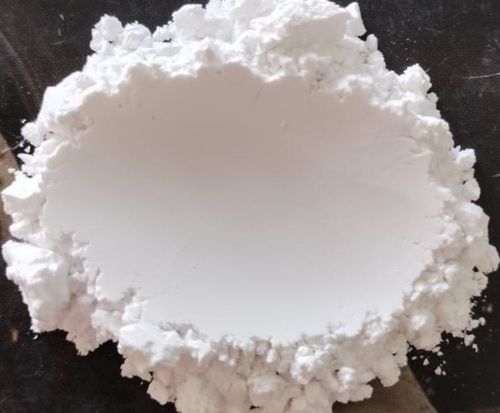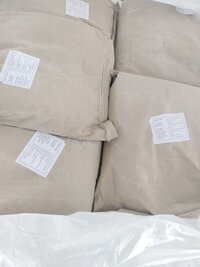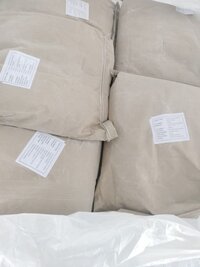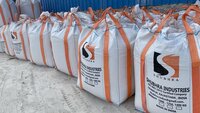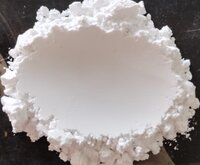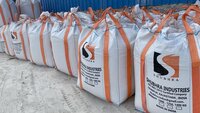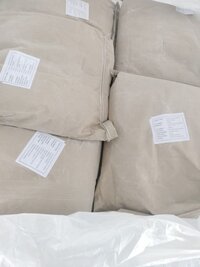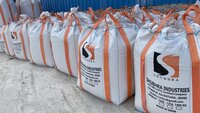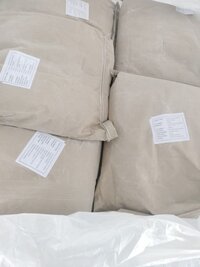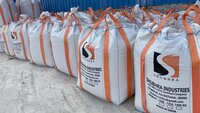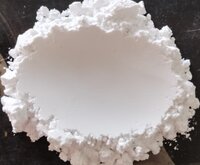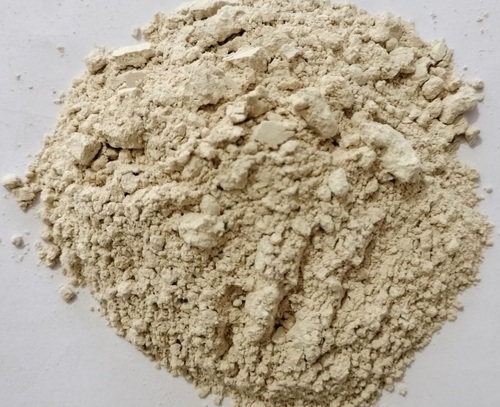TALC POWDER
Product Details:
- Variety other
- Physical Form Powder
- Texture Dried
- Fragrance No Smell
- Grade FEED
- Suitable For Other
- Color WHITE
- Click to View more
TALC POWDER Price And Quantity
- 180 USD ($)/Metric Ton
- 180.00 - 290.00 USD ($)/Metric Ton
- 20 Metric Ton
TALC POWDER Product Specifications
- 1
- Dried
- NIL
- other
- NIL
- 18
- NIL
- NIL
- 31.8
- NIL
- Powder
- Other
- FEED
- Other
- NIL
- other
- 2.1
- NIL
- Other
- NIL
- 5 Years
- other
- WHITE
- NIL
- NIL
- 5.3
- Other
- NIL
- No Smell
TALC POWDER Trade Information
- MUINDRA
- Telegraphic Transfer (T/T)
- 500 Metric Ton Per Month
- 3 Week
- Yes
- Free samples available with shipping and taxes paid by the buyer
- 25 KG PP / PAPER BAGS ,
- Asia Australia Central America North America South America Eastern Europe Western Europe Middle East Africa
- All India
- ISO, HACCP , FAMIQS
Product Description
1. Anti-Caking Agent:
ï Talc is often used as an anti-caking agent in feed and foodproducts. It helps prevent the formation of lumps and improves the flow abilityof powders, ensuring a consistent mixture.
ï Talc powder is added to animal feed, especially in powdered orpelleted forms, to enhance handling and processing characteristics.
2. Processing Aid:
ï Talc can act as a processing aid during the manufacturing ofcertain food products. It aids in the control of viscosity and can preventsticking during the production process.
ï Talc may be incorporated into various food products such asrice, powdered spices, and baking mixes to facilitate production processes.
3. Carrier for Nutrients:
ï Talc is sometimes used as a carrier for nutrients, vitamins, orother additives in feed formulations. It helps ensure the even distribution ofthese substances.
ï Talc can be part of formulations in both feed and food productsto carry and evenly distribute essential nutrients.
4. Dust Control:
ï Talc's fine particles contribute to dust control in feed andfood processing environments. It minimizes airborne particles, providing asafer working environment.
ï Talc is often applied to the surfaces of certain grains or foodproducts to reduce dust during handling and transportation.
Considerations and Precautions:
ï Food-grade talc should be used to ensure that the product meetsregulatory standards for safety and quality.
ï Adherence to local and international regulations regarding theuse of talc in food and feed is crucial.
ï Careful control of talc dosage is necessary to avoid exceedingpermissible limits and to ensure product quality.
Regulatory Aspects:
ïRegulatory bodies, such as the U.S. Food and Drug Administration(FDA) and the European Food Safety Authority (EFSA), have establishedguidelines for the use of talc in food and feed products. Compliance with theseregulations is essential to ensure consumer and animal safety.
Conclusion:
Talc powder plays a multifaceted role in the feed and foodindustries, contributing to product quality, processing efficiency, and safety.However, careful consideration of regulatory requirements and adherence torecommended dosage levels is crucial to maintain the integrity of the finalproducts and ensure the well-being of consumers and animals. Consulting withregulatory experts and professionals in the field is advisable whenincorporating talc into feed and food formulations.

Price:
- 50
- 100
- 200
- 250
- 500
- 1000+

